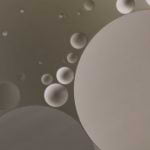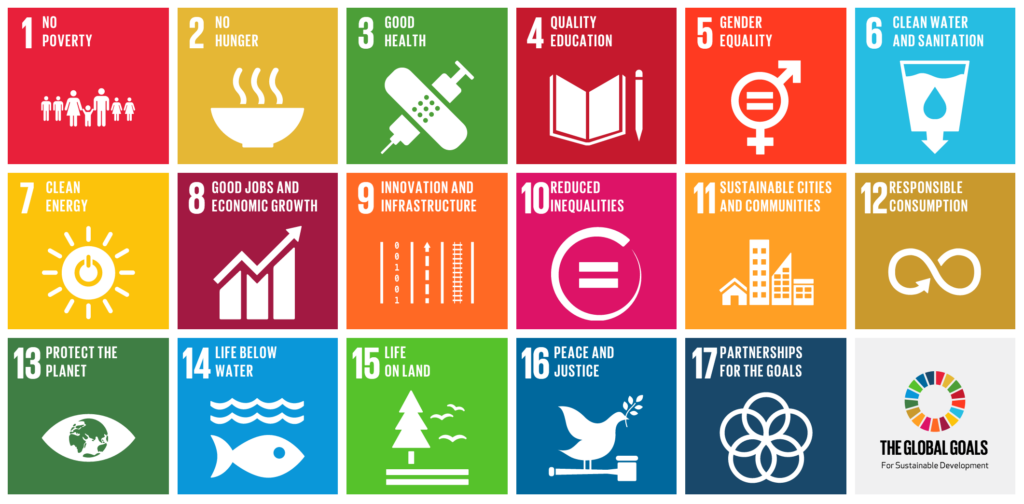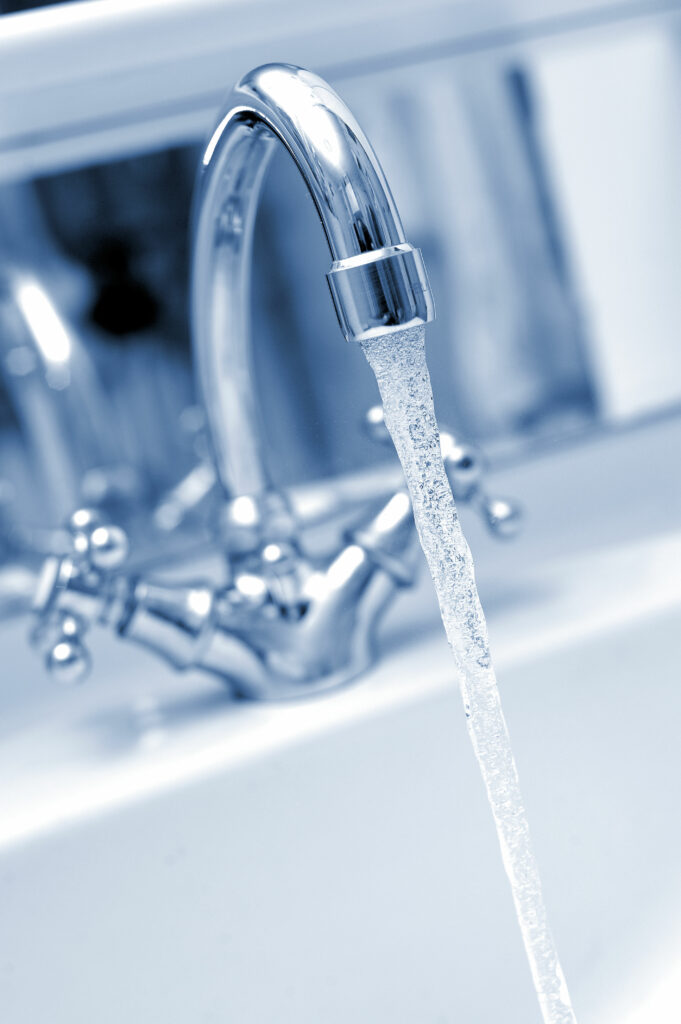
SEQENS products: essential ingredients for better water
DID YOU KNOW? The applications of our products contribute to some of the 17 United Nations Sustainable Development Goals (SDGs).

SDG 6: Ensure access to water and sanitation for all
The source of the water and its sanitary quality influence the complexity of the treatments to make it drinkable. Various processes can be used and among them chemical processes that use various ingredients.
Soda ash and hydrochloric acid: ingredients used in the water neutralization process
Neutralization of an effluent consists in bringing its pH (by acidification or alkalinization) to a neutral pH value, i.e. around 7.
Sodium carbonate (Na₂CO₃) is used to counterbalance the acidic pH of the water. Sodium bicarbonate (NaHCO₃), by its buffering capacity, also stabilizes the pH.
Conversely, when the pH of the water is basic, hydrochloric acid (HCl) allows acidification.
Sodium carbonate (Na₂CO₃) is also used to reduce water hardness by precipitating calcium
The elimination of permanent hardness is obtained by cold sodium carbonate, associated or not with the precipitation of calcium and magnesium by lime. This elimination is done according to the reactions:
CaSO₄ + Na₂CO₃ à Na₂SO₄ + CaCO₃
CaCl₂ + Na₂CO₃ à2NaCl + CaCO₃
What about sodium silicate?
Sodium silicate is used in water treatment, particularly for its anti-corrosion properties, which protect drinking water pipes, but also for its ability to precipitate some metals such as iron or aluminum.

Seqens Manufacturing plants
Sodium carbonate and sodium silicate are both manufactured by SEQENS’ Mineral Specialties division. They are produced in France at our La Madeleine site for soda ash and at our Nogent l’Artaud site for sodium silicate. These two production sites have also been awarded the Ecovadis Platinum medal.
Hydrochloric acid is manufactured by SEQENS’ Acids & Derivatives Division at the Pont-De-Claix site, also in France.